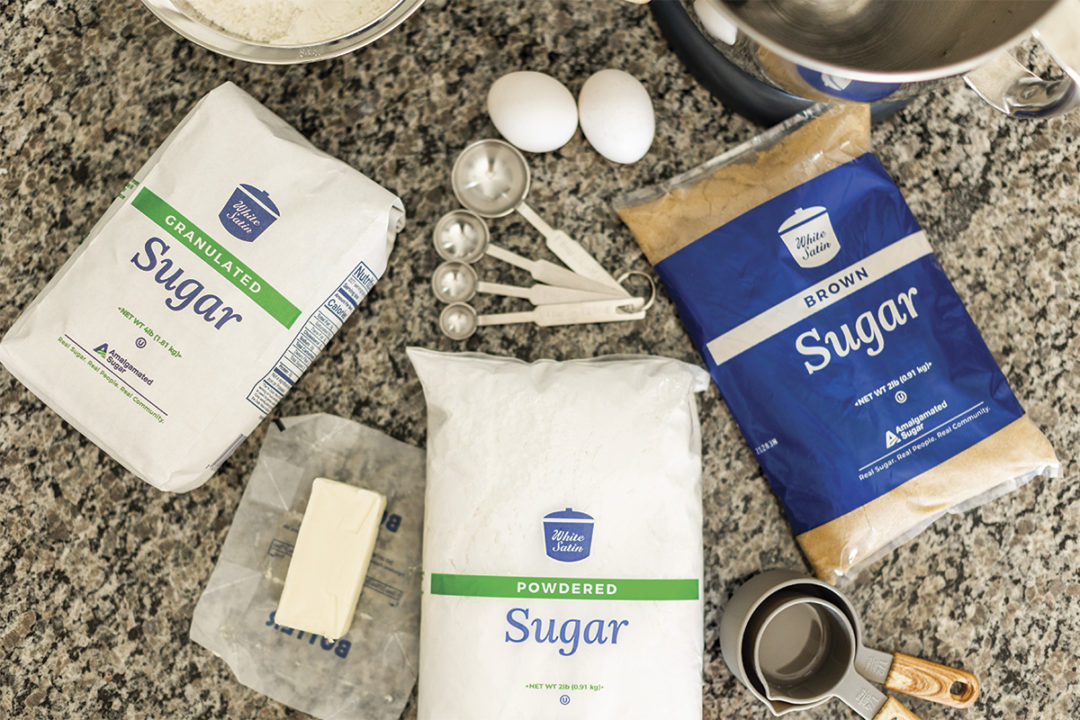Dec. 6 marked the 125th anniversary of Amalgamated Sugar Company. Over those 125 years, the company has become one of the country's best sugarbeet processors, with achievements that have grown in significance. In recent years, Amalgamated Sugar has set multiple company records in both the agricultural and operations sides of its business. "We are not a company to rest on our laurels," said John McCreedy, president and CEO. "We often celebrate an achievement by starting work on our next goal. However, part of our future means reflecting on our history and how far the company has come."
Amalgamated Sugar produces sugar from sugarbeets grown by its 700-plus cooperative members, who raise sugarbeets on approximately 180,000 acres in Idaho, Oregon and Washington. Sugarbeet processing occurs at three factories across southern Idaho: Twin Falls, Paul and Nampa. The oldest of Amalgamated Sugar's factories still in operation is in Twin Falls, built in 1916. The Paul factory, now called the Mini-Cassia factory, was built in 1917. Though this factory experienced some hardships in its early years, it is now the largest sugarbeet processing facility in the world. The Nampa factory was built in 1942 and is the only sugar mill built during WWII.
Sugarbeet factories are large-scale, heavy industrial facilities. Operating 24/7, the factories process sugarbeets during the fall and winter, produce sugar 11 months per year and run molasses separators year-round. Sugarbeets are processed into both refined sugar and animal feed products. Approximately 2.2 billion pounds of sugar are produced at these facilities each year. Amalgamated Sugar is the second-largest manufacturer of sugar from sugarbeets in the U.S. The sugarbeet industry contributes 1.7% of Idaho's gross state product.
There are currently over 1,700 people employed company-wide.
Amalgamated Sugar's growth in the past 125 years would not be possible without extremely committed growers. For over a century, sugarbeets have been a significant crop across the region. This commitment to sugar farming led to a pivotal moment in Amalgamated Sugar's history. In 1997, the sugarbeet growers formed the Snake River Sugar Company to purchase The Amalgamated Sugar Company LLC. Since then, the company has operated with a cooperative structure. In 2021, the two entities combined to create Amalgamated Sugar Company, an agricultural cooperative.
Amalgamated Sugar timeline
- 1897 – The Ogden Sugar Company was incorporated in Ogden, Utah, with a plant built the following year.
- 1902 – Ogden Sugar and Logan Sugar consolidated to form Amalgamated Sugar Company LLC. Four days later, Amalgamated Sugar acquired the Oregon Sugar Company and became The Amalgamated Sugar Company LLC.
- 1916 – Amalgamated Sugar constructs a new factory in Twin Falls, Idaho. This facility is the oldest of the company's factories, still in operation today.
- 1917 – Another factory is built in Paul, Idaho, and begins operation. This factory is known as the Mini-Cassia factory and is still in operation today.
- 1934 – Amalgamated Sugar acquires the White Satin trademark to use in marketing its sugar.
- 1942 – The Nampa, Idaho factory is built and begins operations.
- 1990 – Amalgamated Sugar is recognized as the second-largest sugar beet refiner in the U.S.
- 1997 – Sugarbeet growers come together to form the Snake River Sugar Company (a cooperative) to buy and operate Amalgamated Sugar.
- 2021 – Snake River Sugar Company and The Amalgamated Sugar Company LLC combine to create one grower-owned cooperative, now called Amalgamated Sugar Company.
- 2022 – Today, Amalgamated Sugar processes sugarbeets grown on 180,000 acres in Idaho, Oregon and Washington, and produces 2.2 billion pounds of sugar each year.
—From an Amalgamated Sugar Company press release








